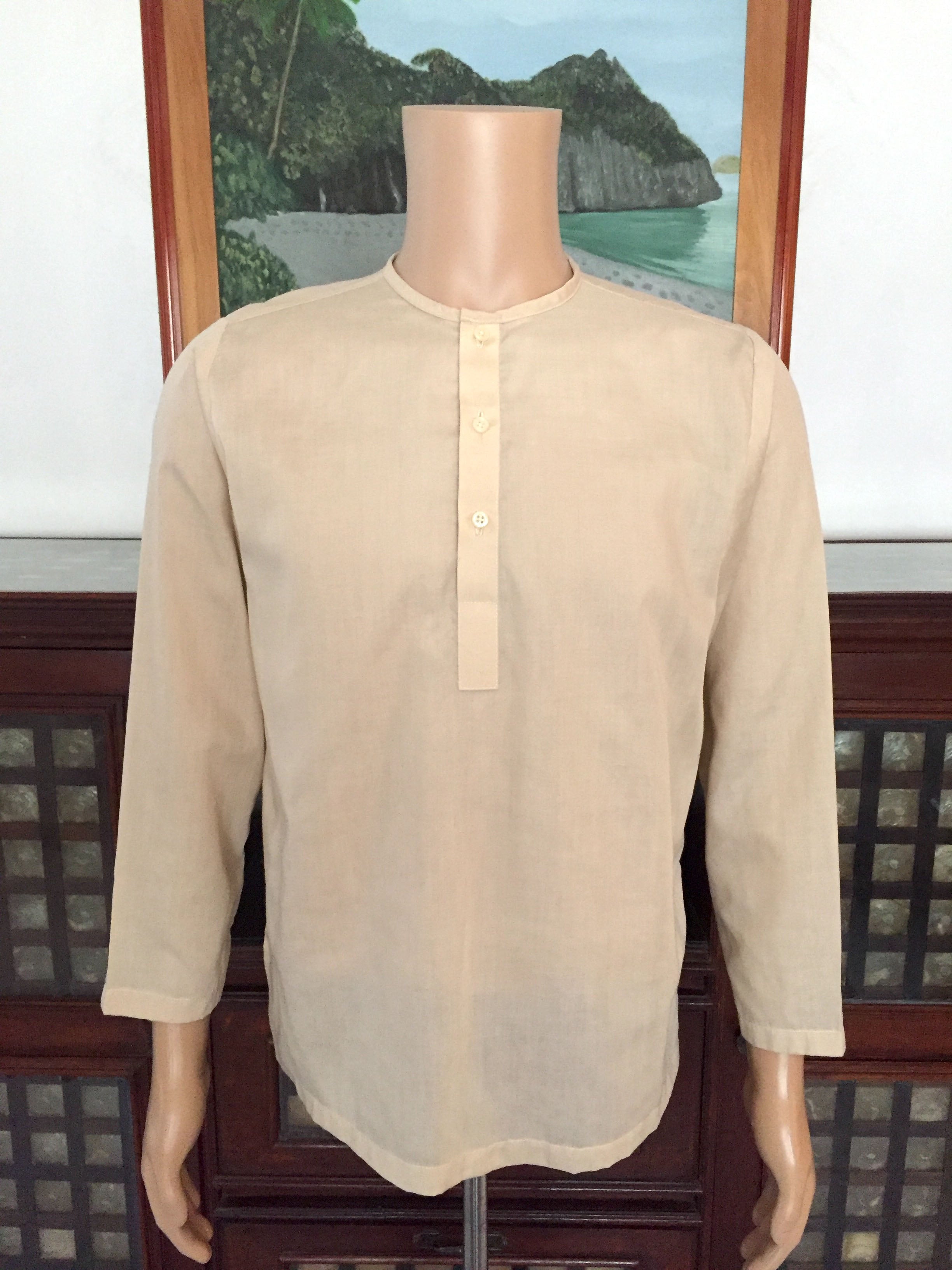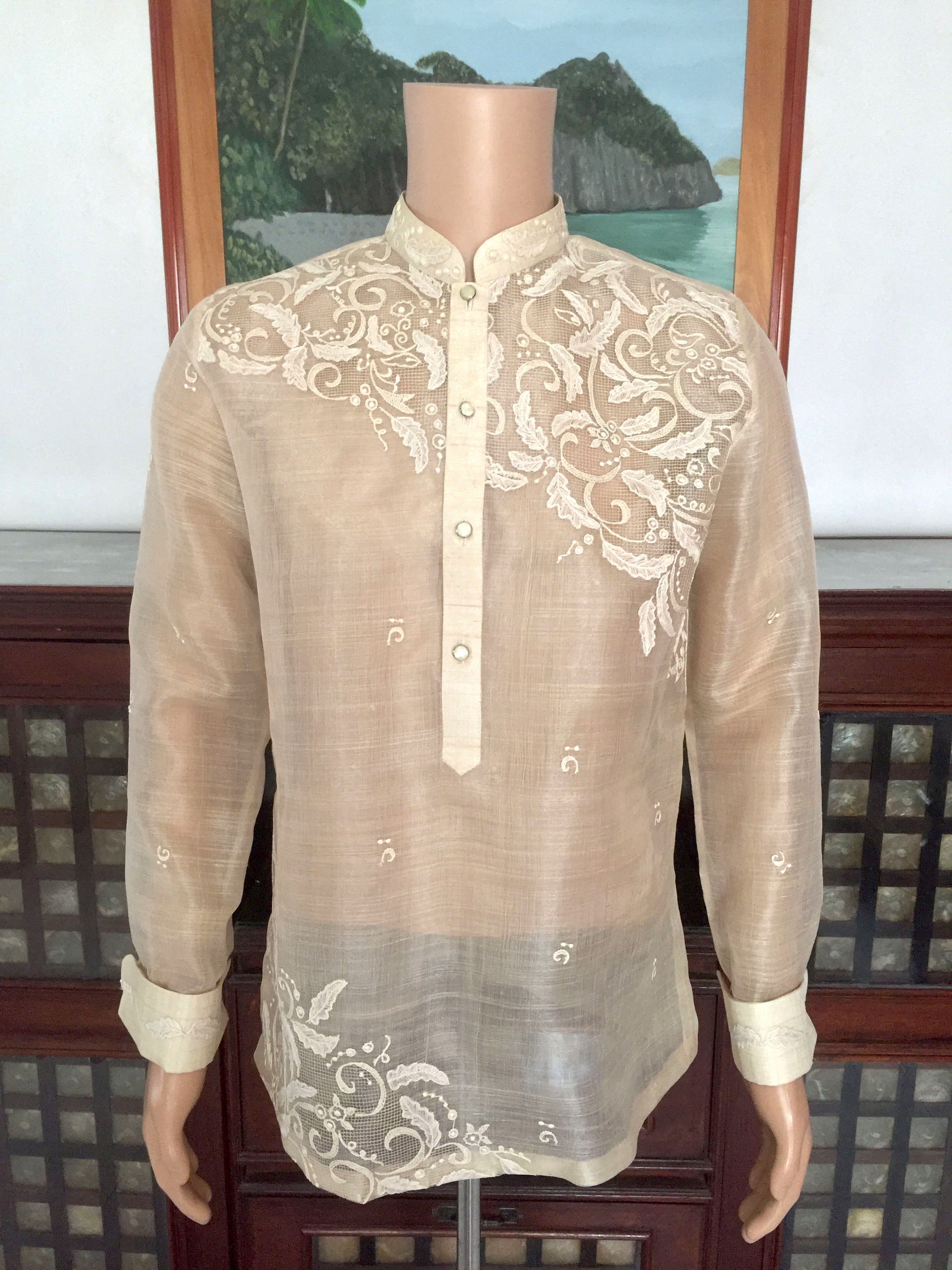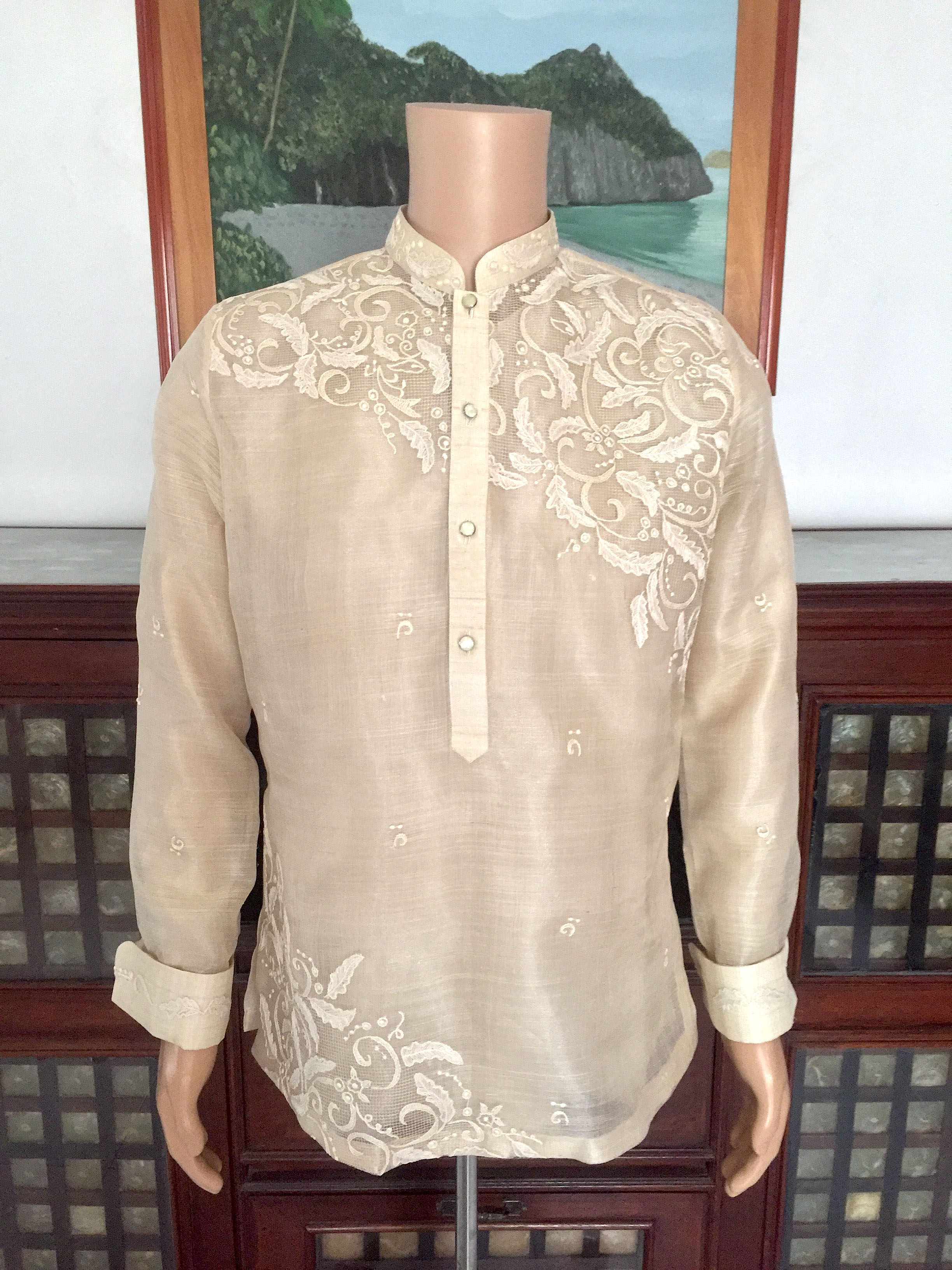Fabric Options
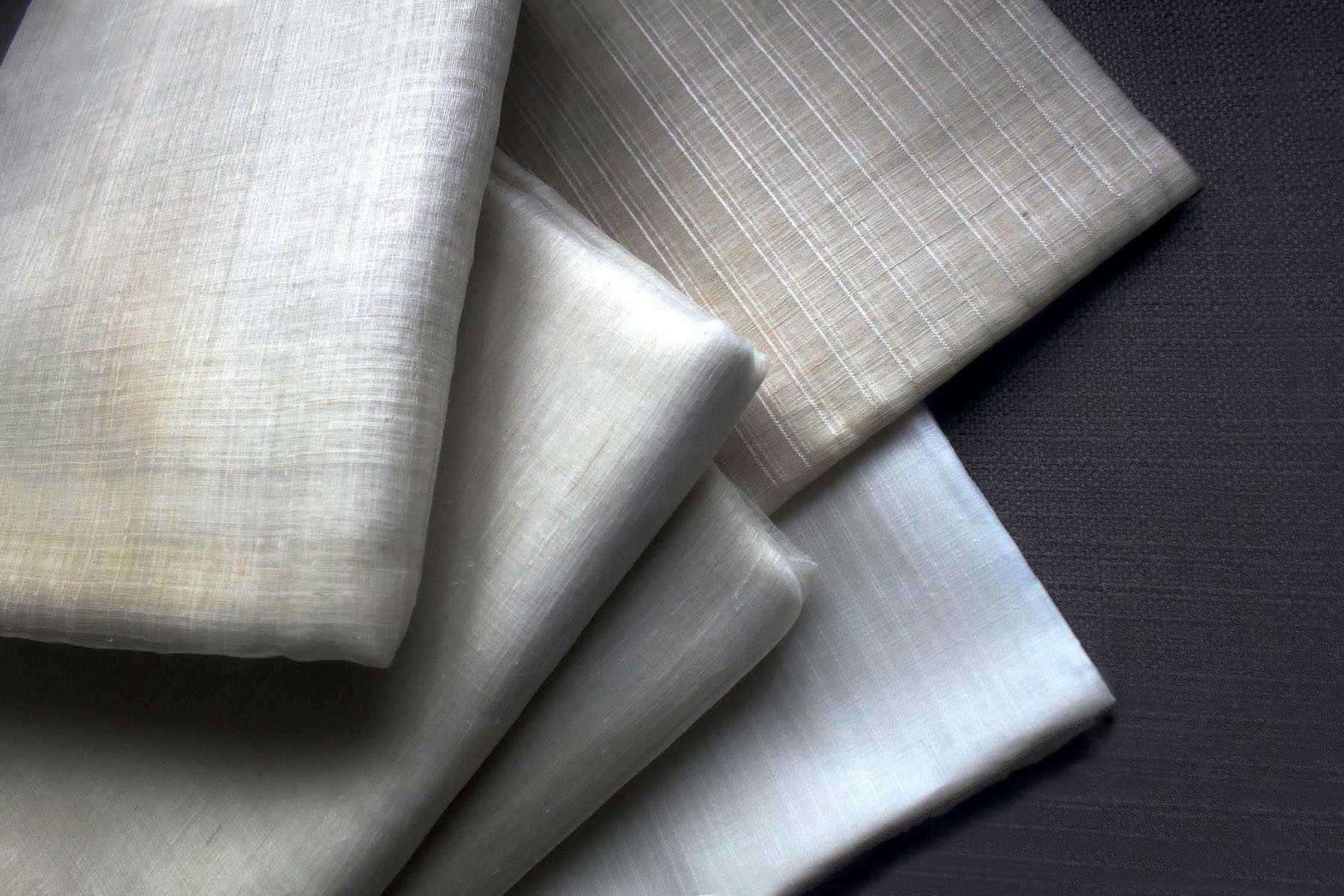

The most crucial element in constructing a barong is choosing the perfect fabric. Options can vary in terms of fibers, weave, colors, and other properties that may arise from incorporating decorative elements. The fabric dramatically affects the look of a barong, influencing the appearance of the person wearing it. Therefore, a wise choice of material can result in an exquisite fashion that can be carried over into the way you carry yourself. And this, in turn, makes wearing your barong more fun.
Piña
Piña is a sheer fabric crafted from the fine, lustrous fibers of red Spanish pineapple leaves. It exhibits a yellowish or light champagne-gold hue, with a distinct weave that highlights the natural, textured quality of pineapple leaf fibers. The meticulous, labor-intensive extraction of these delicate fibers makes Piña a highly prized and treasured fabric.
Its scarcity and limited availability from select suppliers contribute to its exclusivity, making it the preferred barong material among the Philippines' most discerning and distinguished individuals.
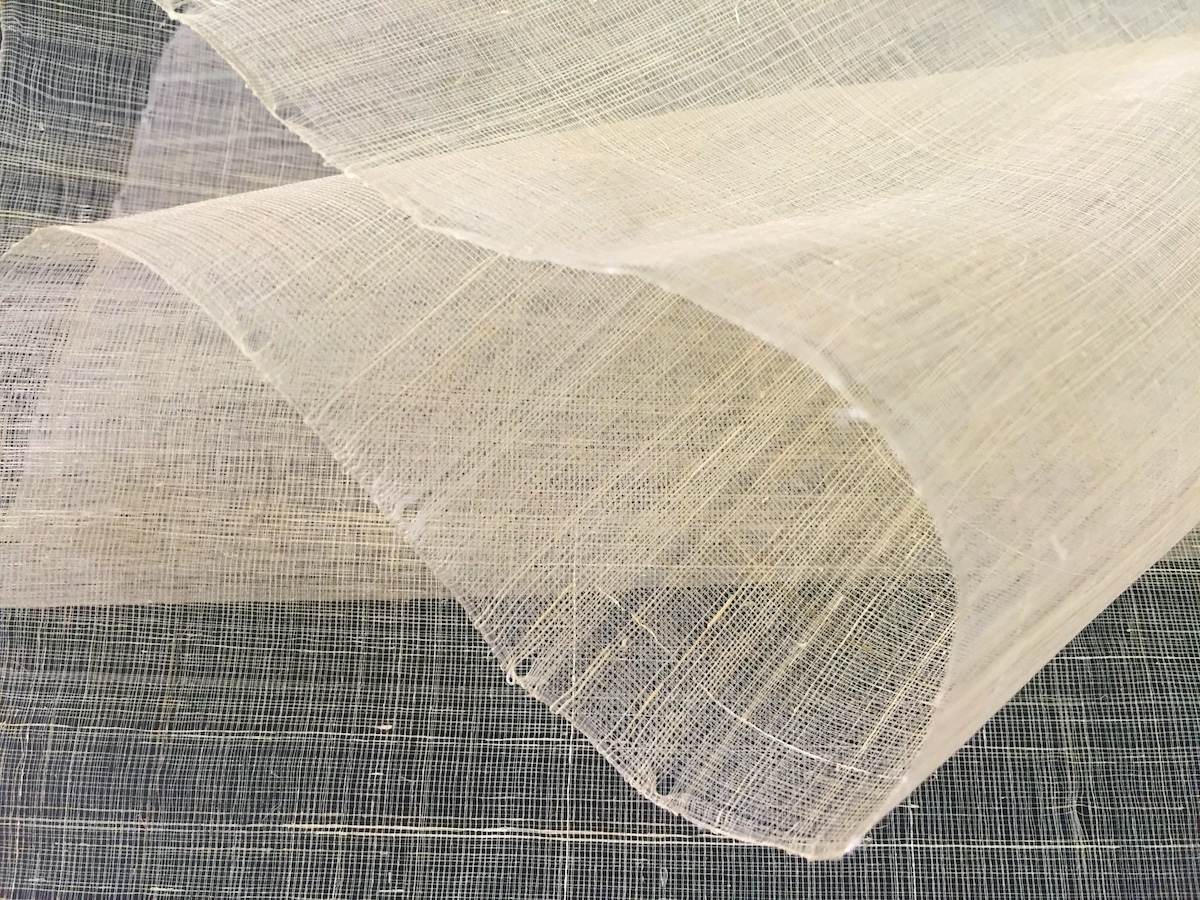
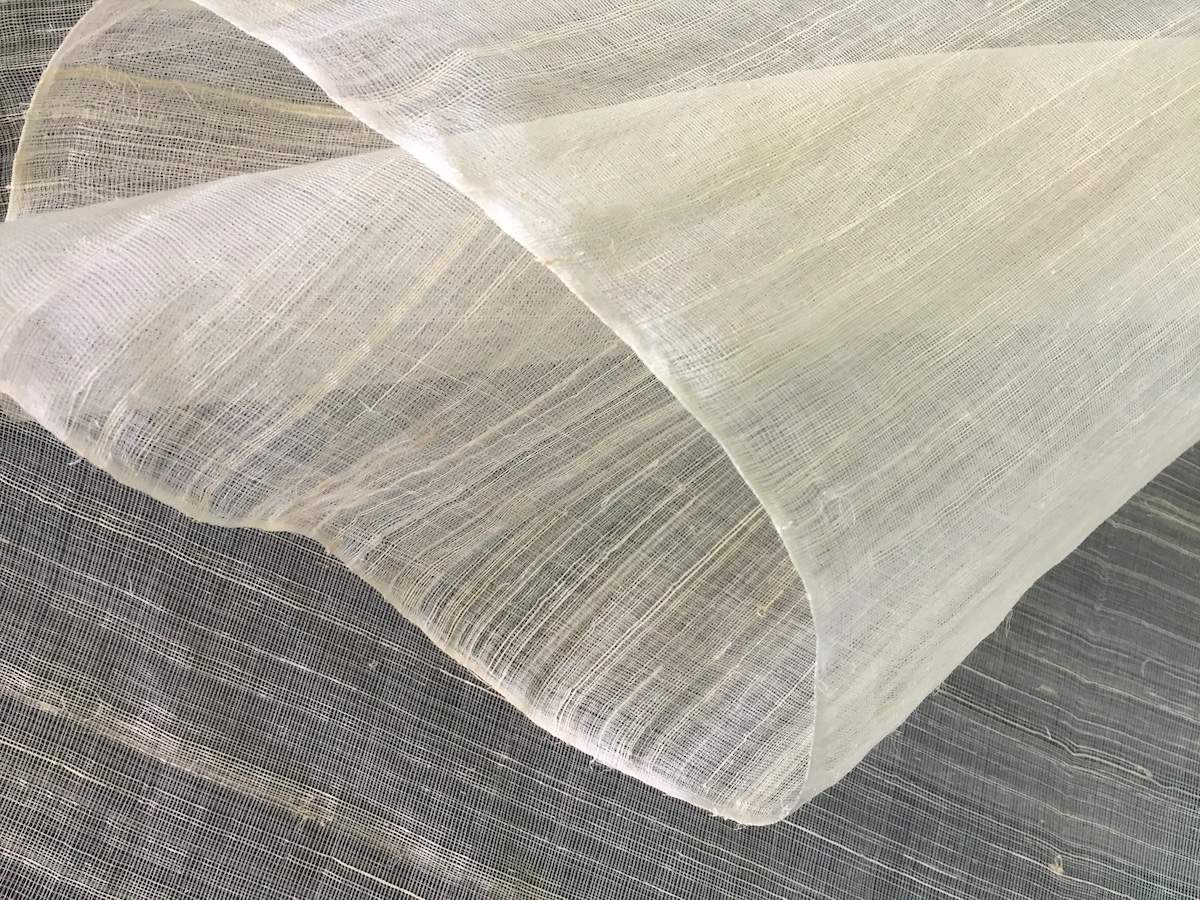
Piña-Silk
Piña-Silk (Piña-Seda or Pineapple-Silk) is a handwoven fabric from pineapple and silk fibers. It has a yellowish tinge which is lighter than that of piña fabric. Up close, you’ll notice smooth silk fibers running lengthwise, interwoven with the more visually distinct pineapple fibers.
It's widely available in most barong shops throughout the Philippines. However, sellers often refer to it as "Piña" and to authentic Piña as "Piña-Orig" (orig for "original"). To ensure you’re getting the desired material, it's important to carefully inspect the fibers before making a purchase.
Abaca-Cotton
Abaca-Cotton is a handwoven fabric from cotton strands and abaca fibers (extracted from the leaf sheet attached around the trunk of the abaca plant, a species of banana native to the Philippines). This fabric is thicker and less transparent than piña fabric.
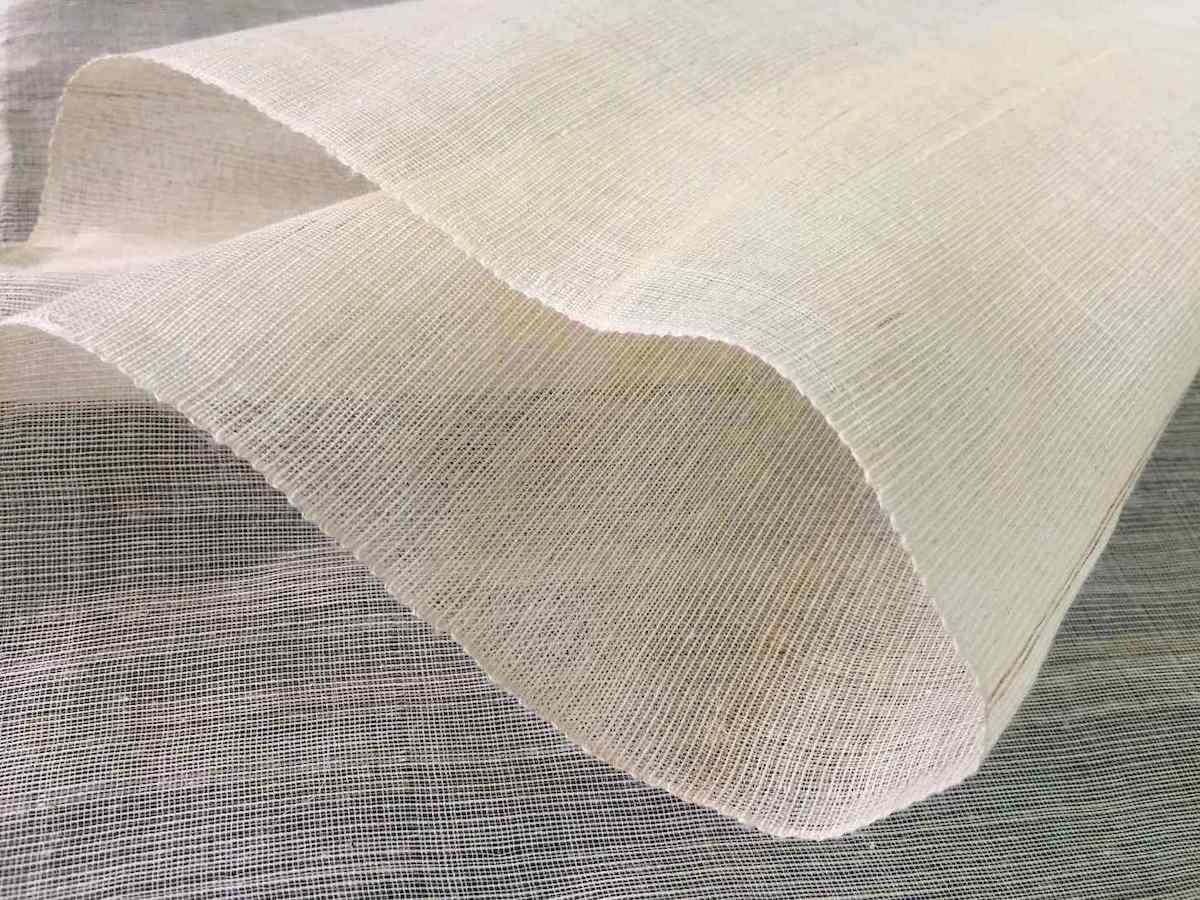
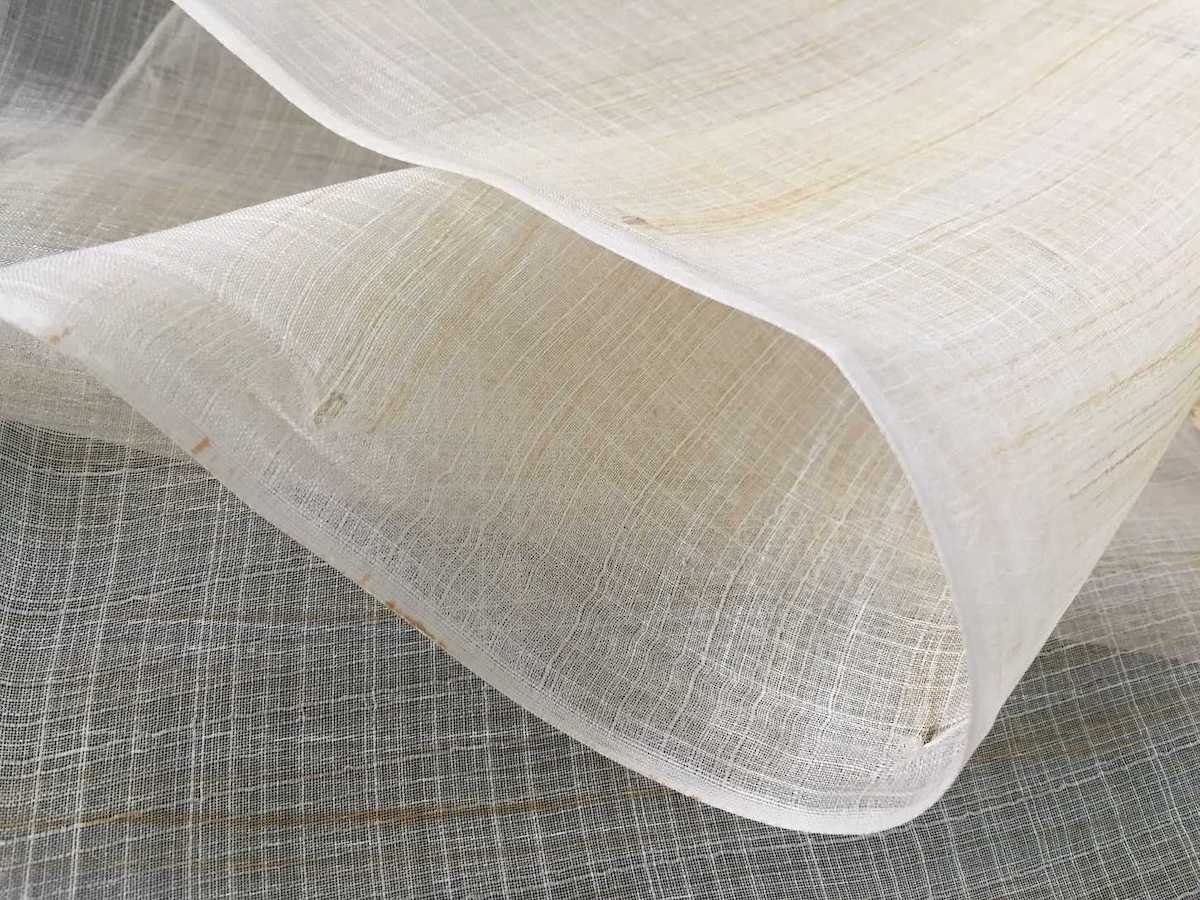
Cocoon
Cocoon (Cocoon Silk) is a woven fabric from silk with transparency somewhat similar to the transparency of piña but without the sheen. The fabric's natural color is off-white.
Cocoon-Piña is cocoon hand-painted with piña streaks that give it a distinct color somewhat similar to that of piña. The quality of this fabric depends on the paint application techniques that vary widely from supplier to supplier.
Jusi
Jusi, like cocoon, is also a woven fabric from silk but is less transparent. The fabric's natural color is off-white.
Jusi-Piña is jusi hand-painted with piña streaks that give it a distinct color somewhat similar to that of piña. The quality of this fabric depends on the paint application techniques that vary widely from supplier to supplier.
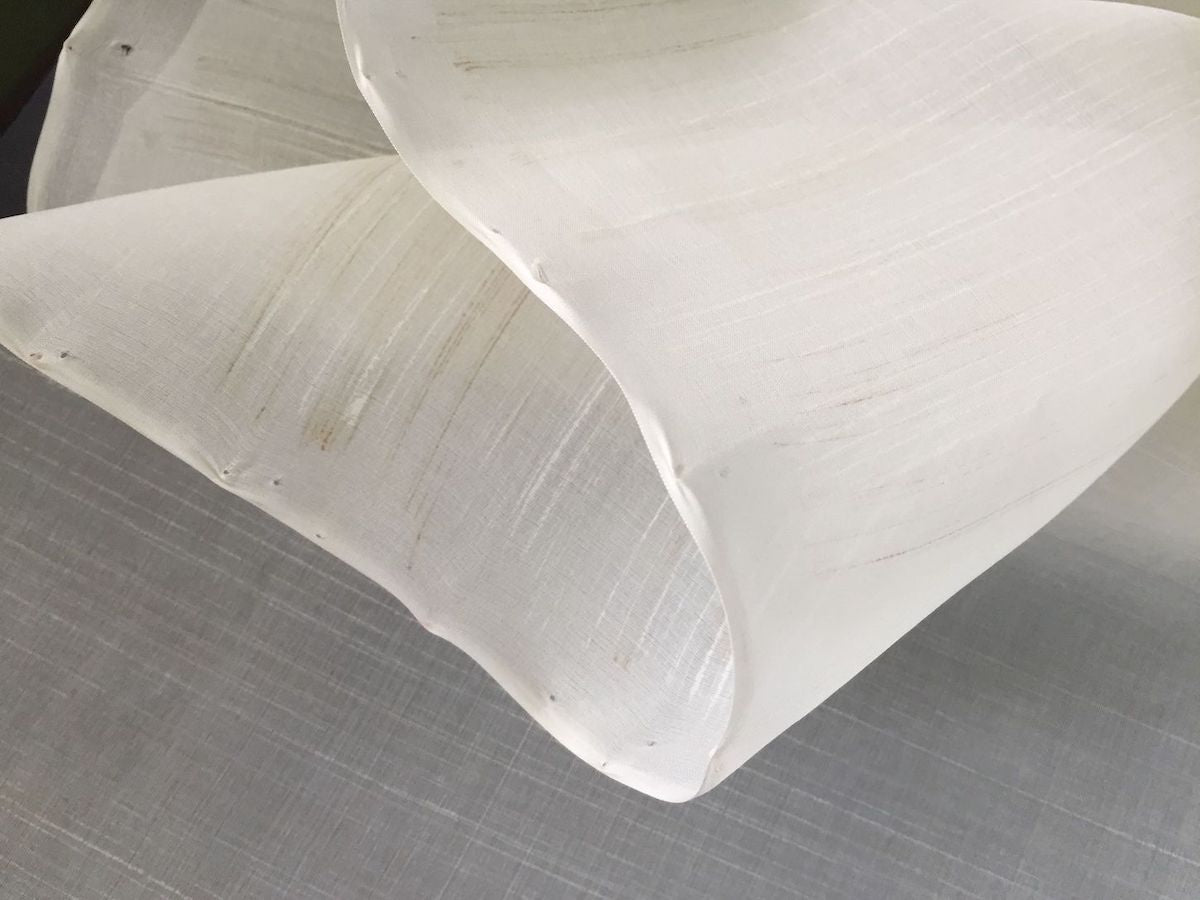
Fabric Comparison Guide
Your Essential Resource for Selecting the Perfect Material for your Barong
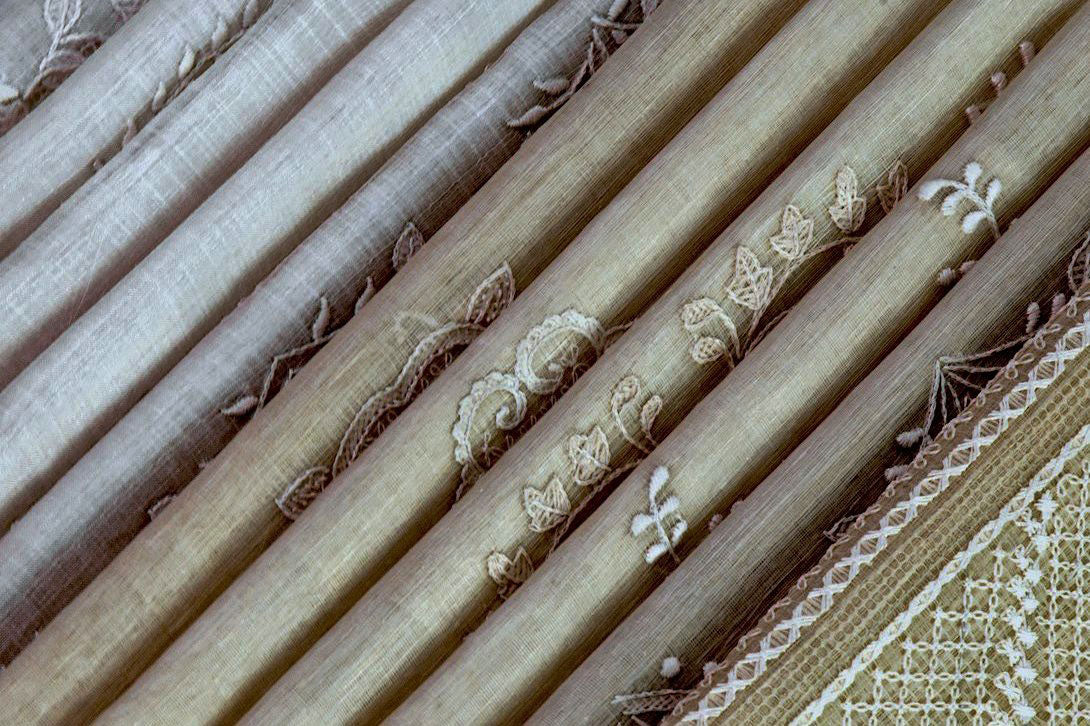

What to Wear Under a Barong
The light, delicate, and translucent barong fabric will show through what's worn underneath it. Since the fabric is see-through, the lines or edges of an undershirt become distinctly visible through the fabric, diminishing the overall appearance and aesthetics of the outfit.
Classic barongs usually feature an organza lining, a sheer fabric, to enhance durability and achieve a polished interior finish. However, classic barongs made of jusi and jusi-piña don't require lining because these fabrics have a high fiber density and a polished finish. We strongly advise against lining classic barongs with thicker fabrics, as this practice disrupts the delicate balance of drape and flow that's essential to the garment's distinctive character. Instead, we recommend opting for a tailor-made Camisa de Chino, a long-sleeved undershirt that's intended to be worn untucked.
Neglecting to wear a suitable undershirt can lead to an unattractive and distracting appearance. To help you with this, we offer a complimentary Camisa de Chino for classic barongs. Wearing this undershirt will significantly enhance your overall appearance, giving you a more sophisticated and refined look.
When wearing a coat barong, it's advisable to opt for an off-the-rack long-sleeved cotton undershirt for enhanced comfort, as coat barongs are typically constructed with thicker interlining and lining materials.


